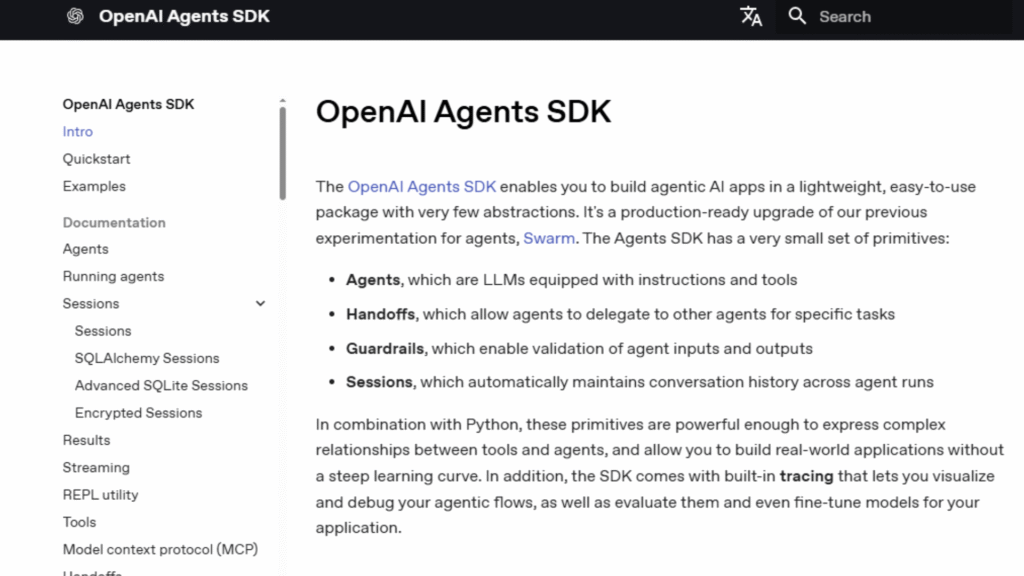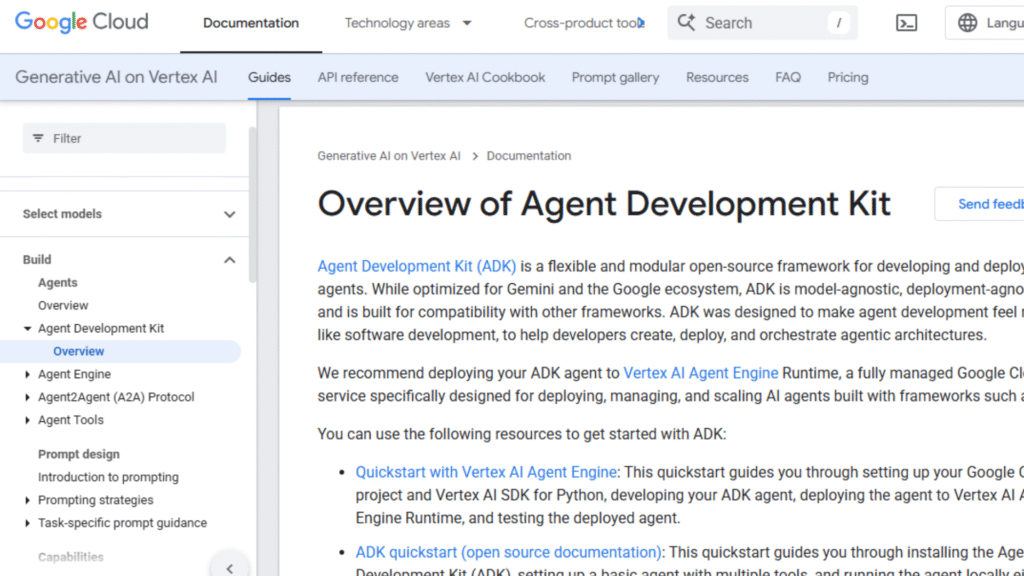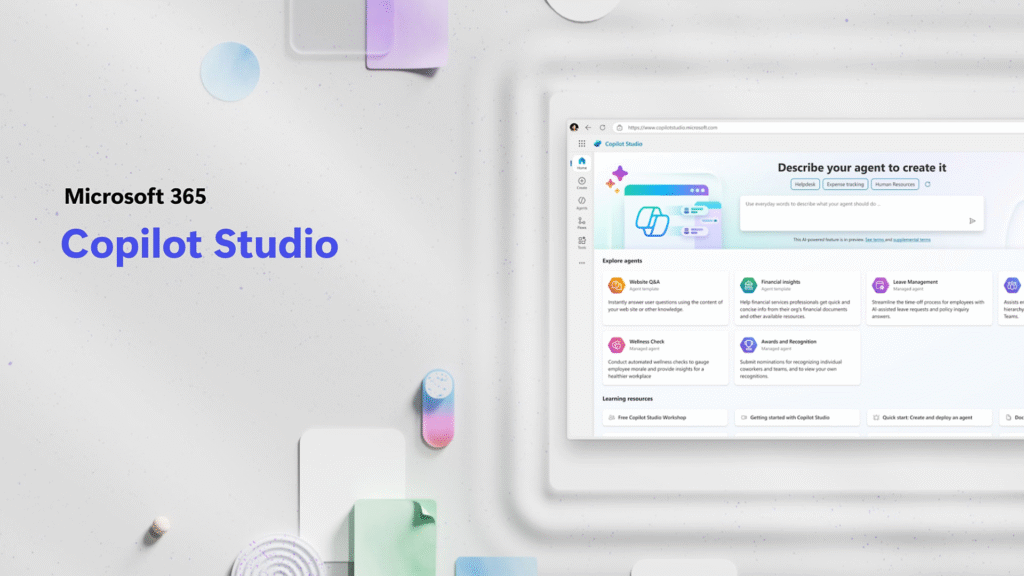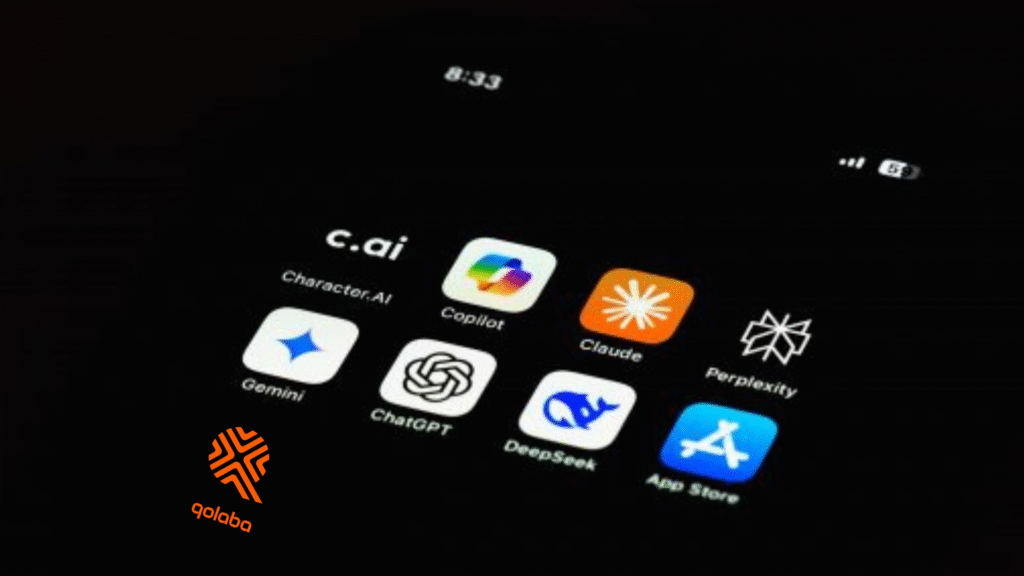The AI landscape in 2025 is rapidly evolving, with multi-model platforms empowering businesses to leverage best-in-class models for a wider range of tasks—while sidestepping vendor lock-in and platform-specific silos. Organizations are increasingly seeking platforms that provide access to multiple AI providers and model types without forcing them into single-vendor ecosystems that limit flexibility and increase costs over time. Here’s a comprehensive breakdown of leading multi-model AI studios and platforms, focusing on how they compare in real-world use, flexibility, and value.
1. Dify: Low-Code, Multi-LLM Studio
Dify has positioned itself as an accessible low-code platform that democratizes AI agent development through visual interfaces and drag-and-drop functionality designed for both technical and non-technical users.
- Model Access: Visual interface supports hundreds of LLMs with built-in strategies for RAG (Retrieval Augmented Generation), Function Calling, ReAct agent frameworks, and comprehensive vector search capabilities. The platform emphasizes language model diversity while providing structured approaches to complex AI workflows.
- Platform Approach: Low-code philosophy with drag-and-drop agent workflows, though primarily focused on language models rather than comprehensive multimodal capabilities. The visual design environment enables rapid prototyping and iterative development without extensive coding requirements.
- User Experience: Designed for accessibility across skill levels, offering intuitive interfaces that enable business users to create sophisticated AI workflows. The platform provides pre-built templates and components that accelerate development while maintaining customization flexibility.
- Deployment & Integration: Features built-in enterprise capabilities including automated document generation and financial report analysis, though workflow complexity remains limited compared to more comprehensive platforms. Integration options focus primarily on text-based applications and document processing workflows.
- Pricing Model: Free core platform with users paying separate API costs to model providers. This approach works well for teams focused on rapid LLM-based agent development with predictable usage patterns.
- Ideal Use Cases: Startups, small enterprises, and teams needing streamlined AI-powered document processing and content generation workflows without extensive technical overhead.
2. OpenAI Agents SDK

OpenAI’s developer-focused SDK provides sophisticated multi-agent orchestration capabilities designed for technical teams building custom AI workflows with precise control over model interactions and performance optimization.
- Model Access: Provider-agnostic architecture supporting 100+ LLMs including OpenAI’s proprietary models alongside third-party providers. The SDK enables fine-grained model selection and switching based on specific task requirements and performance criteria.
- Platform Approach: Code-based multi-agent workflows implemented in Python, offering maximum flexibility for developers while requiring substantial technical expertise. The framework supports complex agent hierarchies and sophisticated interaction patterns.
- User Experience: Requires Python programming experience and understanding of AI/ML concepts. Provides comprehensive tracing capabilities, built-in guardrails, and fine-grained control over model calls and agent behavior. Developer-friendly but not accessible to non-technical users.
- Deployment & Integration: Seamless integration with OpenAI services while maintaining flexibility for external model providers and custom deployment scenarios. Supports both cloud and on-premises implementations depending on requirements.
- Pricing Model: Free SDK with API usage costs applied per model provider. Most cost-effective for technical teams building custom solutions with specific performance and integration requirements.
- Strategic Positioning: Targets developers and technical teams who need maximum control and customization capabilities for complex multi-agent systems and specialized use cases.
3. Google Agent Development Kit (ADK)

Google’s ADK leverages the company’s extensive AI infrastructure to provide enterprise-grade agent development capabilities within the Google Cloud ecosystem.
- Model Access: Deep integration with Gemini models, Vertex AI platform, and the broader Google AI ecosystem. Provides access to specialized Google models optimized for various tasks while maintaining some third-party compatibility.
- Platform Approach: Modular architecture supporting hierarchical agent compositions with relatively accessible development requirements. Google emphasizes that functional agents can be built with under 100 lines of code, balancing ease of use with powerful capabilities.
- User Experience: Designed for organizations already invested in Google Cloud and AI tools, offering streamlined development within familiar Google interfaces and workflows. Provides comprehensive documentation and examples for rapid implementation.
- Deployment & Integration: Native integration with Google Cloud services, BigQuery, and other Google enterprise tools. Offers enterprise-grade scaling and security features through Google’s infrastructure capabilities.
- Pricing Model: Integrated with Google Cloud pricing structures, providing predictable costs for organizations already using Google services. Best value proposition for teams heavily invested in Google’s ecosystem.
- Key Limitation: While powerful within Google’s ecosystem, switching to non-Google models or migrating to alternative platforms presents more complexity compared to truly model-agnostic solutions.
4. Microsoft Copilot Studio

Microsoft’s platform capitalizes on deep Office 365 and Azure integration to provide AI capabilities that seamlessly integrate with existing Microsoft-based workflows and business processes.
- Model Access: Accesses Microsoft’s proprietary LLMs while integrating with 1,800+ models available through Azure’s AI services. The platform emphasizes compatibility with Microsoft’s AI ecosystem and enterprise requirements.
- Platform Approach: Low-code visual development tools with exceptional Microsoft 365 integration. Ideal for enterprises seeking AI automation that works natively with existing Microsoft infrastructure and user workflows.
- User Experience: Visual low-code development environment designed for business teams creating workflow automations using Microsoft data sources and applications. Provides templates and pre-built connectors for common business scenarios.
- Deployment & Integration: Native automation across Office suite applications including Teams, Outlook, SharePoint, and Power Platform. Offers seamless data integration with Microsoft business applications and cloud services.
- Pricing Model: Included in Microsoft 365 Copilot subscriptions, providing value for organizations already invested in Microsoft licensing. Additional Azure costs may apply for extended AI model usage.
- Strategic Focus: Targets enterprises heavily invested in Microsoft ecosystems who want AI capabilities that enhance rather than replace existing business processes and workflows.
5. Qolaba: Model-Agnostic Collaboration for Teams
Qolaba stands apart through its truly model-agnostic approach that eliminates vendor lock-in while providing comprehensive multimodal AI capabilities designed specifically for team collaboration and business agility.
- Model Access: Provides seamless access to 60+ specialized AI models spanning text, image, video, and speech generation from leading providers including OpenAI, Anthropic, Google, and others. Users can select optimal models for each specific task without platform limitations or vendor dependencies.
- Platform Approach: True multi-model, model-agnostic architecture that avoids single-provider lock-in. Combines no-code agent creation with advanced API integration capabilities, enabling both business users and technical teams to leverage cutting-edge AI capabilities collaboratively.
- User Experience: Intuitive no-code agent creation with drag-and-drop workflows, collaborative workspaces, and comprehensive team management features. Built specifically for team environments where multiple users need simultaneous access without traditional per-seat pricing constraints.
- Deployment & Integration: Robust API ecosystem enabling plug-and-play integration with existing business systems, CRM platforms, marketing tools, and custom applications. Supports complex workflow automation while maintaining simplicity for end users.
- Pricing Model: Revolutionary credit-based pricing where teams pay for actual AI usage rather than per-seat licensing. This approach eliminates traditional scaling penalties and enables unlimited collaboration without budget constraints that limit team participation.
- Enterprise Readiness: Advanced security features, compliance frameworks, audit trails, workspace isolation, and comprehensive team monitoring capabilities designed for enterprise environments with strict governance requirements.
- Strategic Differentiator: Emphasizes collaboration-first business model with complete model-agnostic flexibility. Prevents vendor lock-in while providing access to best-in-class AI capabilities from multiple providers, ensuring organizations can adapt quickly to advancing technology without platform constraints or switching costs.
Key Comparison Summary
- Qolaba is distinct for its truly model-agnostic, anti-lock-in approach, credit-based pricing, no-code and API flexibility, and collaboration-first design—making it uniquely suited to teams needing both multimodal power and business agility.
- Major competitors (Dify, OpenAI Agents SDK, Google ADK, Microsoft Copilot Studio) deliver multi-model capabilities but often with stronger ties to their own ecosystems, coding requirements, or limited business model flexibility.
- If your priority is vendor freedom, rapid adaptation, deep team collaboration, and the ability to always use “the best model for the job”—Qolaba is uniquely positioned among current AI studios.
Ready to experience model-agnostic AI collaboration? Try Qolaba and see how it compares with any major AI platform—without being locked into a single ecosystem.





